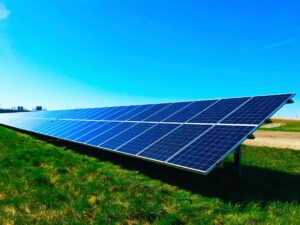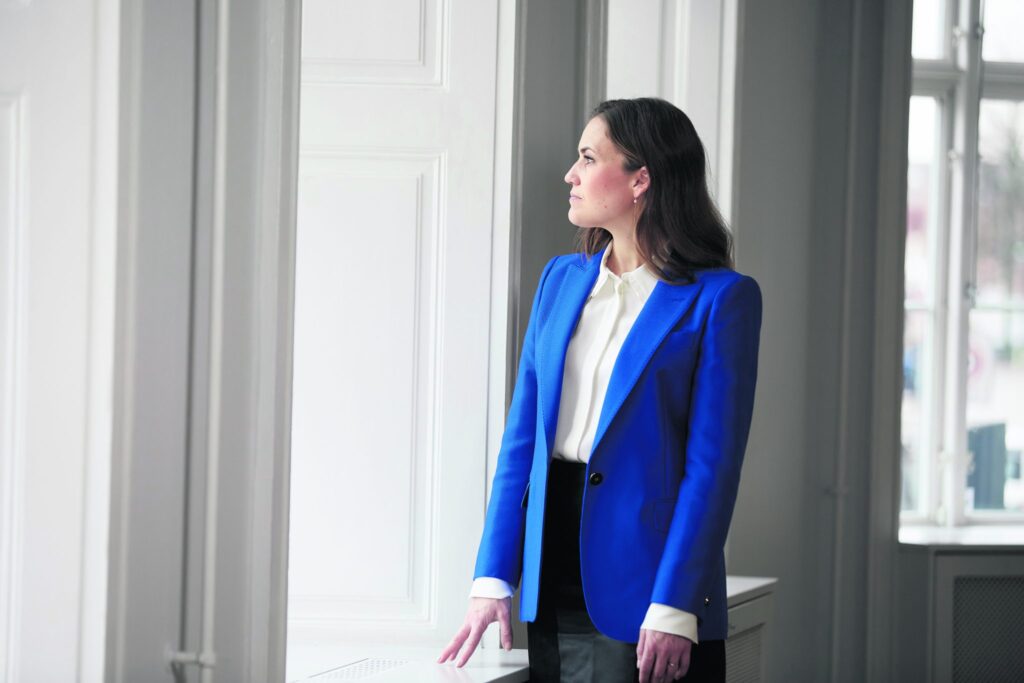Sustainability
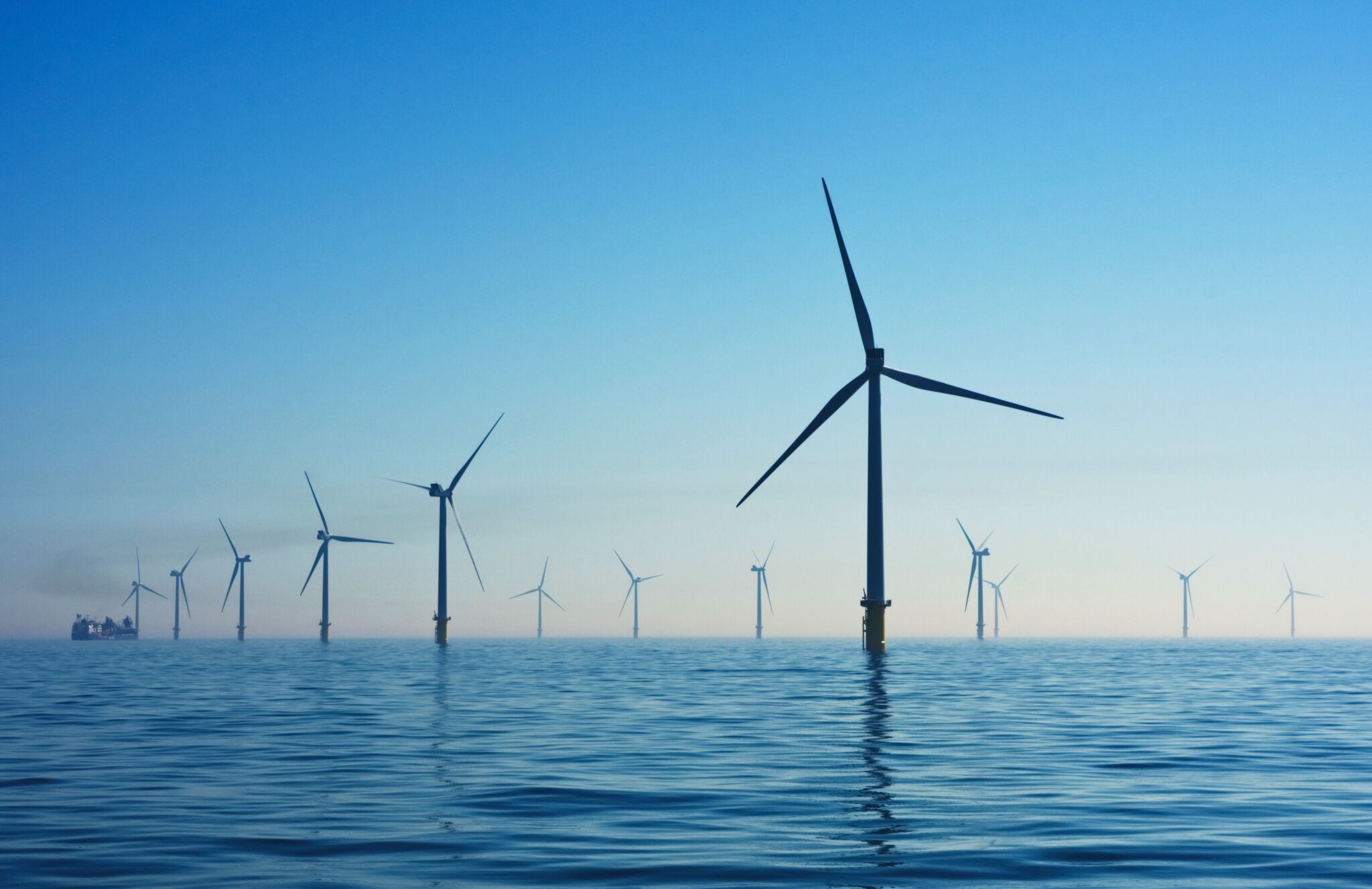
The Cocktail For Mitigating The Climate Crisis Comes With Many Ingredients – Do We Have A Nordic Recipe?
04/11 - Marie-Louise Arnfast
Radical measures are needed here and now to stop emissions of carbon dioxide (CO2 ) and other greenhouse gases. Despite the growing phase-in of sustainable energy sources such as solar and wind power, as well as innovative leaps in various technologies that can help us transition from black to green in both energy, transportation, manufacturing and consumption, the development and implementation of the necessary changes are still moving far too slowly compared to the factors that are pulling us in the opposite direction: our growing consumption of and continued emphasis on resources that emit carbon dioxide into the atmosphere. The same applies to the Nordic countries where emissions of greenhouse gases are still too high, with an overall level that hovers around the European average for carbon-dioxide emissions per capita. On the other hand, the Nordics are way ahead on phasing in sustainable energy sources and developing green technologies. And long term that may boost the Nordic area not just as a showcase for the green transition but also a major exporter of green energy and green technologies. That will, however, require major investment and the political will to establish the framework conditions needed to push that development.
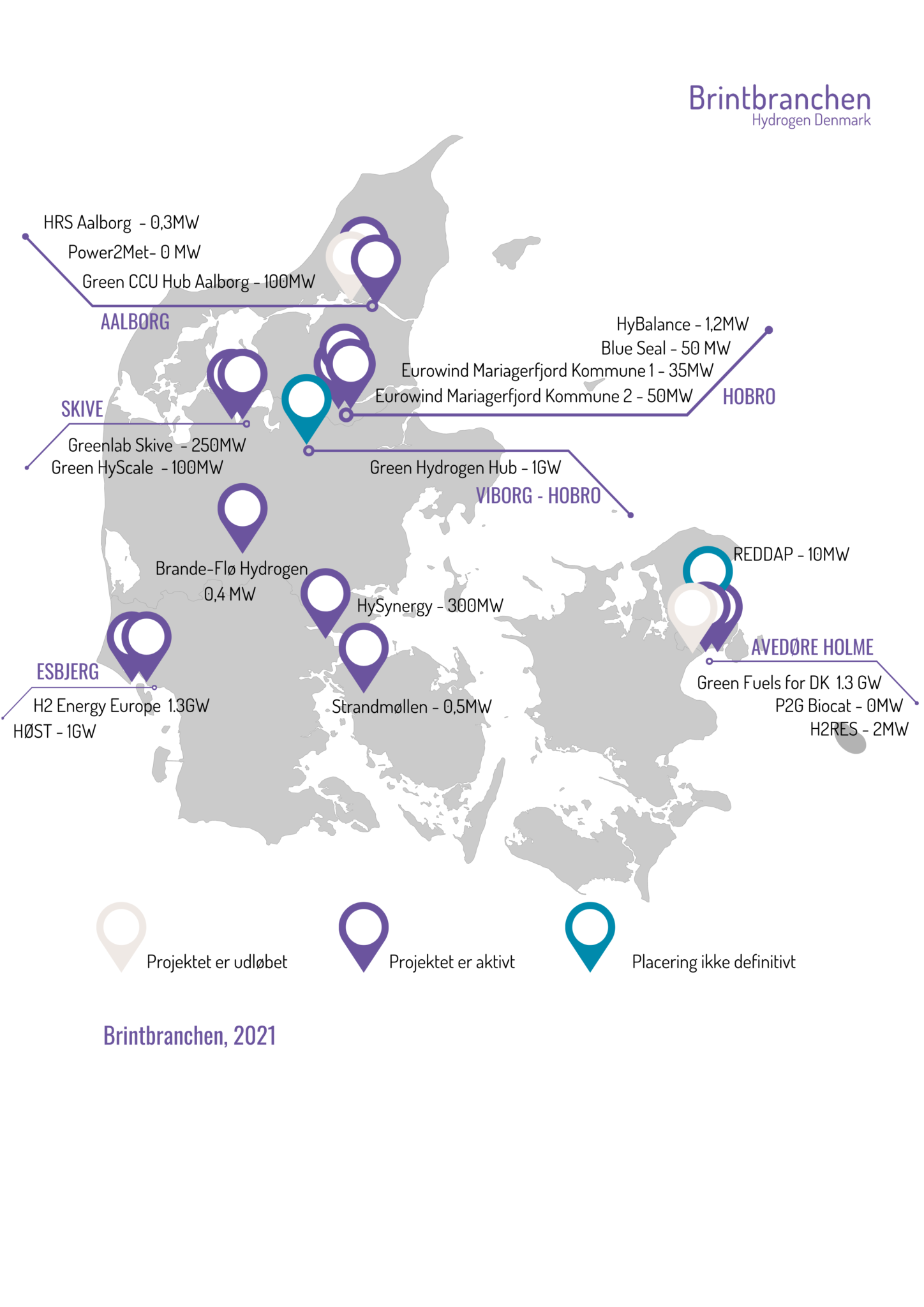
Electrification is essential
The more we electrify, the better – at least where the climate is concerned. Electricity is the type of energy that is the easiest to switch from black to green. Wind and solar power can replace coal and oil as sources of electricity and are already well on the way towards doing so in the Nordic countries, not least helped by solar and wind power becoming significantly cheaper over the past few years. Meanwhile, hydro power has already been the main source of green electricity in Norway, Sweden, Finland and Iceland for many years now. But in spite of various efforts to boost energy efficiency, the transition to electrical power will invariably lead to a growing need for production and distribution of electricity. Hydro power is not expected to see any significant expansion from what it currently produces. The use of nuclear power is growing in Finland but being scaled back in Sweden, and it is not politically relevant in the other Nordic countries. Solar energy can be expanded – with particular interest in floating solar panel farms – but this far North we are unlikely to see solar energy as the major source of green electricity. What we do have is plenty of wind and sea. The state-owned Danish company Energinet sees a potential in Danish waters for producing three times as much electricity as what will be needed in a fully electrified Denmark. Hence there is particular interest in producing green electricity at sea. Denmark is speeding ahead with a total of 15 offshore wind farms now in operation. Norway is focusing on floating offshore wind farms that can be placed where the sea depth makes it difficult to fix wind turbines to the seabed. And in Denmark two artificial energy islands are also due to be built in the North Sea and the Baltic Sea to produce green energy from offshore wind. In Sweden, a country with large remote areas, there is not just interest in offshore wind farms but also major potential in land-based wind farms – a concept that has been met with growing popular resistance in both Norway and Denmark where a number of projects have been cancelled. But while it is highly likely that within the next few years we will be able to produce much of the quantity of green electricity that will be needed to supply a heavily electrified society – and perhaps even export a large amount of green electricity to our neighbouring countries – at least three major challenges still remain.
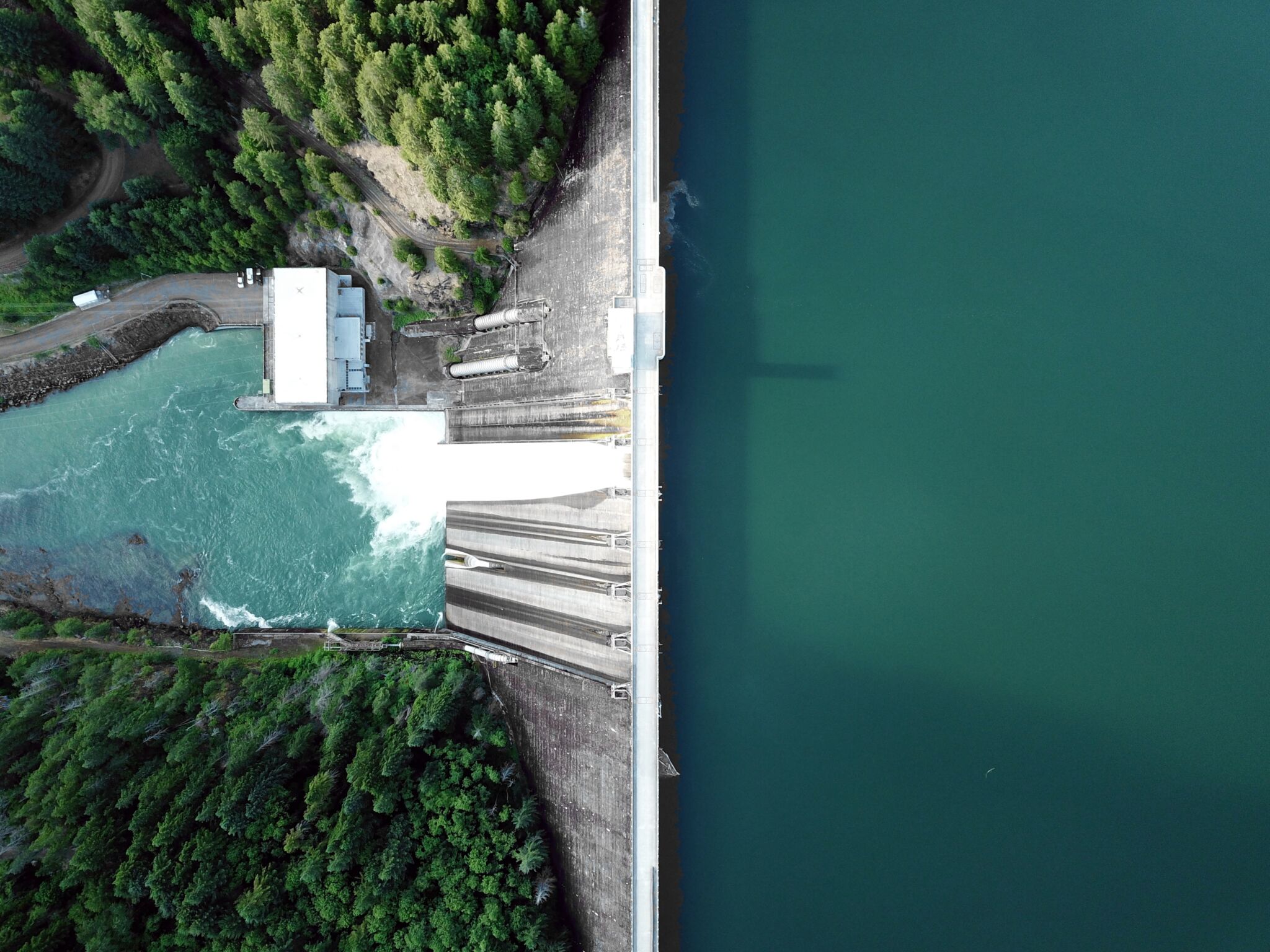
Sweet and sour: the challenges of electrification
One such challenge lies in the distribution of electricity. Electrifying our power supply will require an expansion of the transmission and distribution networks in order to bring green electricity to all corners of society and in sufficient quantities to power everything from heat pumps for industrial use, district heating and homes, to electric vehicles at both our workplaces and on our residential streets. The transmission network between the Nordic countries is well developed, but the scale of electrification that is needed for the green transition will require serious expansion of this network. That will require major investment that may also be met with popular resistance from those who see power lines as a blight on the landscape.
The second major challenge is the storage of electricity. With solar and wind power seen as important sources of electrical power, periods with limited access to these will require supplies from sources that store “excess” power while the sun is out and the wind blows. Technologically, batteries are an easy solution – but battery technology is currently nowhere near to shifting the amounts of energy that are going to be needed. Energy storage in stones, water or salt would be other technological options for keeping us warm if the electrical power supply fails.
Another promising technology is hydrogen and fuel cells where green electricity is fed into water in an electrolysis unit to produce hydrogen that can later be used to generate electricity when fed through a fuel cell. This process currently involves a significant power loss (which can be reduced by using the heat created in the electrolysis process for district heating). But it is an option for storing and recreating electricity that may become relevant when a major part of our electricity production comes from sustainable sources.
The new ingredient: Power-to-X
The third challenge is that not all energy-dependent processes can be plugged into a power socket. Direct electrification has its limits – not least when it comes to moving heavy objects across long distances – including airplanes and ships. Batteries are simply too heavy. That is why, across the Nordic countries, there is now a growing emphasis on socalled indirect electrification – or power-to-x – where power from sustainable sources such as wind and solar power is converted to hydrogen or hydrogen-based products such as liquid methanol and ammonia that can be used to fuel up cars, ships, trains and planes.
Power-to-x is interesting from several perspectives. First, together with e.g. biodiesel, it is a concept that can help switch long-distance heavy transportation to green. But hydrogen and hydrogen-based products like methanol and ammonia are also used in the industrial and agricultural sectors, where they are currently made from fossile sources. Second, the production of hydrogen can help make investment in the expansion of solar and wind energy more profitable, since electricity from these sources can be used to produce hydrogen during periods when the production capacity for electricity exceeds demand.
Finally, in the Nordic countries there could be a business potential for using the favourable wind conditions to make hydrogen at dedicated offshore hydrogen wind farms, then feed it through the existing gas pipelines and send it south to be used in countries like Germany that have substantial industrial consumption of hydrogen. There are already plans to establish a European hydrogen pipeline system stretching from Norway to Spain.
In other words, the Nordic region has a geography, longstanding energy know how and a technological head start in some areas that would make it possible to mix up a cocktail of effective solutions for reducing carbon dioxide emissions – not just in the Nordics but other countries too through exports.
CO2
How to catch the genie in the bottle?
By Marie-Louise Arnfast
No matter how much energy we save or switch to sustainable sources, there will still be processes that emit carbon dioxide, and we will need to capture these emissions and either store them (CCS: Carbon Capture Storage) or use them for sensible purposes (CCUS: Carbon Capture Utilisation and Storage).
One of the biggest carbon-emitting industries that will be difficult to get to net zero emissions in the forseeable future is the cement sector. Some 4 percent of the total carbon emissions from Denmark’s territory come from the cement producer Aalborg Portland which is now working with various partners on the GreenSand 2 and GreenCem projects, aiming to find ways of capturing CO2 from chimneys, transporting it to the North Sea for underground storage or reusing the captured carbon dioxide for purposes such as producing liquid methanol through synthesis with hydrogen from sustainable sources.
In 1996, Norway became one of the first countries in the world to start working on carbon capture and storage at the Sleipner gas field. A year ago, the Norwegian government also launched the Longship project to facilitate carbon capture and storage from places such as the Norcem cement factory at Brevik and the Fortum Oslo Varme plant in the Norwegian capital. An offshoot of this initiative is the Northern Lights project, for which Equinor, Shell and Total have teamed up to work on transporting captured carbon dioxide in a liquid form to a terminal in Western Norway and pumping it from there to the North Sea to be stored some 2.6 kilometres below the seabed.
One of the “suppliers” of CO2 will be the Preem refinery at Lysekil in Sweden, where a test facility has been built to capture carbon dioxide from flue gases at the refinery. The CO2 will then be transported to Norway and deposited underground as part of the Northern Lights project.
CO2 can also be captured directly from the atmosphere, which is now happening in Iceland where the world’s first commercial facility for this type of carbon capture – the Orca plant – has just started sucking carbon dioxide out of the air. The CO2 is then processed and stored underground. However, this type of process is very energy-intensive in itself and therefore not as effective in reducing CO2 emissions compared to capturing carbon dioxide directly at the source of production. On the other hand, this technology is still useful for capturing CO2 that has already been emitted into the atmosphere.
With carbon capture from so-called sustainable biogenic processes, it is possible to not just capture the carbon dioxide but also to use it for purposes such as producing green powerto-x fuels like green methanol. This effectively turns CO2 into an important source of green fuels – and there are already warnings that this type of CO2 may end up being in short supply if we decide to bet heavily on power-to-x fuels. Biogenic carbon capture can be done at biomass-based power plants, biogas upgrading facilities and waste incinerators, which is already happening. Most recently, a pilot project for carbon capture was started at the Amager Bakke waste incinerator near Copenhagen.
The Nordic region is well placed for carbon storage due to having large areas of the North Sea, where natural gas reserves have been depleted and thus may be used for storing carbon dioxide. These storage facilities could also be offered to other countries outside the Nordics. And if we also get the production going of green fuels like methanol that require a supply of CO2 , we will even be able to use the carbon dioxide actively in the green transition and create products that show great potential for exports.
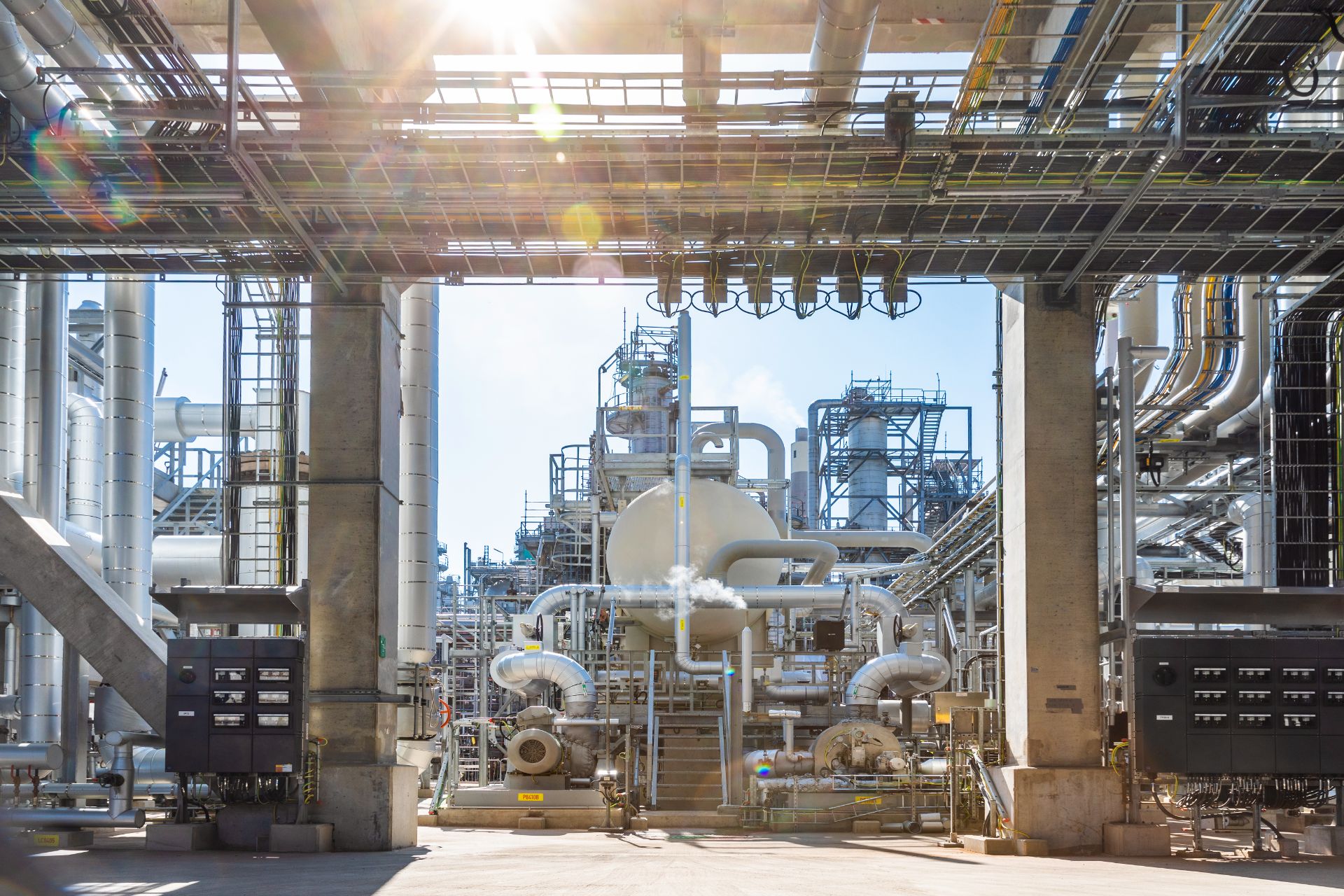
The Norwegian dilemma:
THE LAST OF THE OIL?
By Marie-Louise Arnfast
In September this year, Norwegians voted in a new majority at the Stortinget parliament after an election campaign where climate issues featured heavily. Or more precisely: What should happen with the oil and gas that is still left out there in the North Sea? Should it be brought on the same scale as before and continue to be the black gold that finances Norway’s welfare society? And should there still be exploration for new oil reserves which are potentially just as plentiful as what has been extracted over the past 50 years? Or should Norway wind down oil and gas production as soon as possible and bet heavily on becoming a major exporter of green energy from both water and wind?
However, the change of government, with the Labour party now set to head up a coalition, will not necessarily lead to a radical change in Norway’s oil regime, since the party is not likely to need the support of other parties on the left that are calling for an accelerated phase-out of oil production.
Meanwhile, the oil company Equinor (formerly known as Statoil) – the country’s biggest oil and gas producer which is 67 percent owned by the Norwegian state – is working hard on plans to make its oil extraction much greener, though not as hard as it should, critics say. They point out that Equinor’s plans for boosting energy efficiency and the green electrification of its oil platforms only address the CO2 emissions from oil extraction itself and not all the emissions generated by the consumption of the oil and gas around the globe – which after all make up some 95 percent of the total global emissions from the company’s product.
Equinor is also throwing a lot of resources at “blue hydrogen”, where hydrogen is produced from natural gas while also capturing and storing the carbon dioxide. Blue hydrogen can be used to replace black or grey hydrogen where the CO2 is not removed but emitted into the atmosphere. The main argument for intensifying the production of blue hydrogen is that there currently isn’t enough sustainable energy to produce green hydrogen on the scale needed to replace fossil based hydrogen, and that the transition to a more hydrogen-based energy system would happen faster with plentiful supplies of blue hydrogen, making the way for much wider use of green hydrogen once it becomes possible to produce greater supplies of it.
With the Norwegian state as its main owner, the question for Equinor is hardly if the production of oil and natural gas should be phased out, but rather when. The principal argument for continuing oil and gas production is that the world will still need fossil fuels for several years to come, and it would be better to make these in more sustainable ways in Norway than what is currently the case elsewhere.
The oil and gas sector represents some 42 percent of Norway’s national exports and is estimated to generate 14 percent of the country’s GDP. That makes it a supertanker that is hard to turn – and with a new government in Stortinget, it will be exciting to see how that is handled.

